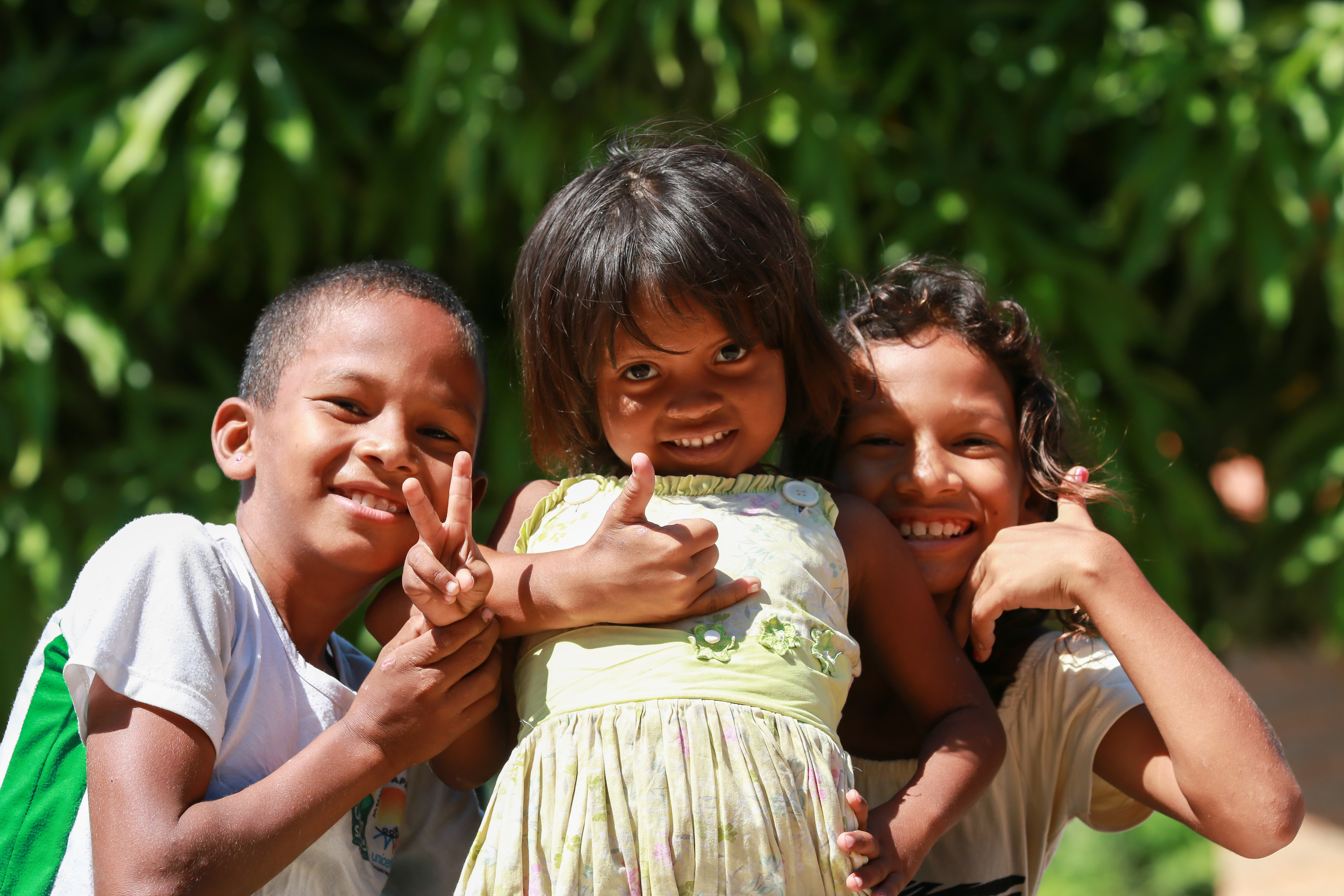

Description
Emergency income transfer program, aimed at individuals with a maximum limit of people benefited by family. Targeted both at the traditional social protection population and those affected by the Covid-19 pandemic shock.
- Emergency Aid (or AE1) between April and August 2020;
- Extension of Emergency Aid (or AE2) between September and December 2020);
- Emergency Aid 2021 (or AE3) between April and October 2021.
The Ministry of Social Development and Assistance, Family and Fight against Hunger - MDS (which during 2019-2022 was designated the Ministry of Citizenship – MC), was an authorizer of expenses and leader of the program, whose payment and registration application for those who were not previously registered in the Single Registry was carried out by CAIXA[i]. The selection of people benefited, identified as per guidance from the Ministry of Citizenship, was made by DATAPREV[ii] (through cross-checking with other administrative bases of the government).
[i] CAIXA, or Caixa Econômica Federal, is the largest public commercial bank in Brazil, being responsible for several social benefit payment operations of the Federal Government
[ii] DATAPREV (Social Security Data Processing Company) is a Brazilian public company, linked to the Ministry of Economy. It is responsible for managing the Brazilian Social Database, especially that of the Brazilian Institute of Social Security (responsible for the contributory pillar of social security in Brazil).
There was no formal involvement of subnational governments or SUAS, although there was automatic selection of eligible beneficiaries previously registered in the Single Registry by these agents, and experiences of informal SUAS support. The selection of those who were not registered in the Single Registry occurred through the program's own app, developed by CAIXA.
- Emergency Aid (or AE1) between April and August 2020;
- Extension of Emergency Aid (or AE2) between September and December 2020);
- Emergency Aid 2021 (or AE3) between April and October 2021.
See policy brief on the trajectory of the Bolsa Família Program (PBF, acronym in Portuguese) and its relationship with Emergency Aid and Brazil Aid.
There was a three-month outage between AE2 and AE3 (with no operations from January to March 2021). The program was completely shut down in October 2021.
Unconditional Cash Transfer Program.
There were no conditionalities.
The AE1 and AE2 intended for adults (and adolescents aged 16 (sixteen) years or more, provided they are pregnant) with a monthly Per Capita Family Income (RFPC, acronym in Portuguese) of up to ½ minimum wage (R$ 522.50) OR a monthly Total Family Income (RFT, acronym in Portuguese) of up to three minimum wages (R$ 3,135.00)), who are not covered by social security schemes nor receiving other social benefits (beneficiaries of the PBF did automatically receive the AE benefit instead of that of the PBF whenever this was more beneficial to them).
There was an additional benefit for single-parent female heads of households. In AE1 and AE2, they could receive double benefits. In AE3, they received an additional R$ 150.00.
AE1 allowed up to two people to receive the benefit per household (including people entitled to double benefits). In AE2, double benefits could no longer be accumulated with a second person benefiting from the same family. The AE3 only accepted one beneficiary per family.
Eligible candidates already registered in the Single Registry were automatically selected. For people benefiting from PBF, the AE benefit was paid to them, whenever it was greater than that of the PBF. The rest of the population had to register through a specific mobile app developed for this purpose.
Both in the automatic selection and in the case of selection through requests via app, individual data was analyzed across dozens of administrative records (especially those of social security and employment), to assess the adequacy to the eligibility criteria.
From the AE2 onwards, eligibility was reassessed monthly, and people who left the eligibility profile were automatically excluded from the program.
Peak AE1 coverage was 68.3 million direct beneficiaries (or 118,807,066 individuals among direct beneficiaries and their family members (i.e. direct + indirect beneficiaries) [1, 2]. Average monthly coverage of people directly benefited from AE1 was 66,328,408 [3].
Peak AE2 coverage was 56.8 million people directly benefited [4]. Average monthly coverage of direct beneficiaries was 51,067,237.25 [5].
Peak AE3 coverage was 39.4 million direct beneficiaries (78,155,466 direct + indirect beneficiaries) [6].
Based on the average monthly beneficiaries for AE1 and AE2, and assuming the peak coverage of AE3 as the monthly average for its seven-month stage, the AE program directly benefited an average of 50,746,671.81 people per month.
AE1 provided five installments of R$ 600.00 per beneficiary (with a ceiling of up to two people benefited by a family, including mothers who as heads of a single-parent household would accumulate two benefits).
AE2, which lasted four months, provided monthly installments of R$ 300.00 per beneficiary (with a maximum of up to two people benefited per family, or one beneficiary mother head of a single-parent family with a child entitled to a double benefit). It is worth noting that reassessments of eligibility for payment were carried out each month.
AE3, which lasted seven months, provided R$ 250.00 per beneficiary (with a maximum of one individual per family), and offered an additional R$ 125.00 to mothers who were heads of a single-parent household with children. Single-person families (without children) received a benefit of R$ 150.00. As in AE2, reassessments of eligibility for payment were carried out monthly.
In terms of direct beneficiaries, we can estimate that the program offered an average benefit of R$ 393.69 per month per person [7].
Automatic and mandatory generation of Caixa Digital Social Savings Account, accessible by the Caixa TEM app (which performs all common operations, including withdrawal and debit purchase, without the need for a physical card).
Until the end of 2020, people benefiting from PBF continued to receive the benefit through the payment channels of the program, which were: a) Caixa Fácil Savings Account; or b) Social Card that enabled full withdrawal of the benefit (the card has no linkage to a checking account).
PBF beneficiaries continued to receive the benefit according to the pre-established PBF calendar (with payment days defined based on the last digit of the Single Registry social identification number, the NIS), while non-PBF beneficiaries received the benefit on calendar dates defined in accordance to date of birth.
PBF beneficiaries could withdraw the benefit as soon as it was deposited in their account, whereas the non-PBF beneficiaries had to wait a few days to be able to withdraw their money as a way to discourage crowds in bank branches (however, with the possibility to carry out digital operations).
In nominal values, the total program budget was R$ 357,701,779,241.52 during its 16 months of operation, distributed as follows [7]:
- R$ 233,825,794,635.19 for AE1;
- R$ 63,634,838,335.33 for AE2;
- R$ 60,241,146,271.00 for AE3.
A weighted average of these budgets for their respective periods of operation results in an average monthly budget of R$ 22,356,361,202.60.
Impact simulations (basically imputations of program income to that determined by PNAD and its counterfactual drop simulations due to Covid) suggest that the program may have had an effect by raising the average income of the Brazilian population (and especially its benefited people) to a higher threshold than that of the immediate pre-pandemic figures [7, 8, 9, 10, 11, 12].
Pregnant adolescents and adolescent mothers, aged 16 and 17, were entitled to the program, which was otherwise restricted to adults.
Women were prioritized by the program (especially in the case of beneficiaries automatically selected from the Single Registry).
Pregnant adolescents and adolescent mothers, aged 16 and 17, were entitled to the program, which was otherwise restricted to adults.
Mothers who were heads of single-parent households received additional benefits (double benefits that could be accumulated with that of another family member during AE1; double benefit that could not be accumulated with that of another family member during AE2; and an additional R$ 125.00 during AE3).
Women accounted for 55% of the beneficiaries, with 70% of the beneficiaries selected from PBF, 62% of the other beneficiaries selected from the Single Registry, and 46% of the beneficiaries selected from the app.
The eligibility analysis was cross-referenced with the largest set of administrative records ever assigned for this purpose within the scope of a social assistance policy in Brazil.
There was also participation of the Federal Court of Accounts (TCU, acronym in Portuguese) and the Office of the Comptroller General (CGU, acronym in Portuguese). These entities took part in weekly board meetings to make decisions affecting the management of the program.
There was coordination with the judiciary branch to give more efficiency to judicial processes related to the program, both to give greater clarity to magistrates regarding the rules of the program, and in order to adapt the program to judicial decisions as quickly as possible (including the granting of payments decided by court decision).
The initiative itself was an extraordinary and temporary response to the crisis generated by the Covid-19 pandemic.
1.,8.,10 GoB, Min. Cidadania. 2022. Painél Auxílio Emergencial 2020. https://aplicacoes.mds.gov.br/sagi/vis/data3/index.php?g=2.
2.,4.,6. Arruda, Pedro, Diana Barbosa, Marina Lazarotto de Andrade, Tiago Falcão, e Matteo Morgandi. 2021. Auxílio Emergencial. Lições da experiência brasileira em resposta à COVID-19. https://documents.worldbank.org/en/publication/documents-
3, 5.,11. GoB, Min. Desenvolvimento Social. 2022. Relatório de Programas e Ações. https://aplicacoes.mds.gov.br/sagi/ri/relatorios/cidadania/#metasepagamentossnas.
7. Estimates based on:
- Arruda, Pedro, Diana Barbosa, Marina Lazarotto de Andrade, Tiago Falcão, e Matteo Morgandi. 2021. Auxílio Emergencial. Lições da experiência brasileira em resposta à COVID-19. https://documents.worldbank.org/en/publication/documents-
- GoB, Min. Cidadania. 2022. Painél Auxílio Emergencial 2020. https://aplicacoes.mds.gov.br/sagi/vis/data3/index.php?g=2.
- GoB, Min. Desenvolvimento Social. 2022. Relatório de Programas e Ações. https://aplicacoes.mds.gov.br/sagi/ri/relatorios/cidadania/#metasepagamentossnas.
8. Cereda, Fabio, Rafael M. Rubião, e Liliana D. Sousa. 2020. COVID-19, Labor Market Shocks, and Poverty in Brazil: A Microsimulation Analysis. World Bank. https://openknowledge.worldbank.org/bitstream/handle/10986/34372/COVID-19-Labor-Market-Shocks-and-Poverty-in-Brazil-A-Microsimulation-Analysis.pdf?sequence=1&isAllowed=y.
9. Ibarra, Gabriel. 2021. Monitoring welfare in Brazil during the COVID-19 pandemic. The evolution of household income. World Bank.
10. Gonzales, Lauro, e Bruno Barreira. 2020. Efeitos do Auxílio Emergencial sobre a renda. Excessivas são a pobreza e a desigualdade, não o auxílio. FGVCEMIF. Sao Paulo: FGV EAESP. https://eaesp.fgv.br/producao-intelectual/efeitos-auxilio-emergencial-sobre-renda.
11. Gonzales, Lauro, e Leonardo Oliveira. 2021. Novo Auxílio Emergencial: Estimativas dos efeitos sobre renda. FGVCEMIF. São Paulo: FGV EAESP. https://eaesp.fgv.br/sites/eaesp.fgv.br/files/u676/aefevereiro2021vfinal.pdf.
12. GoB, IBGE. 2021. Síntese de indicadores sociais: uma análise das condições de vida da população brasileira: 2021. https://biblioteca.ibge.gov.br/index.php/biblioteca-catalogo?view=detalhes&id=2101892.